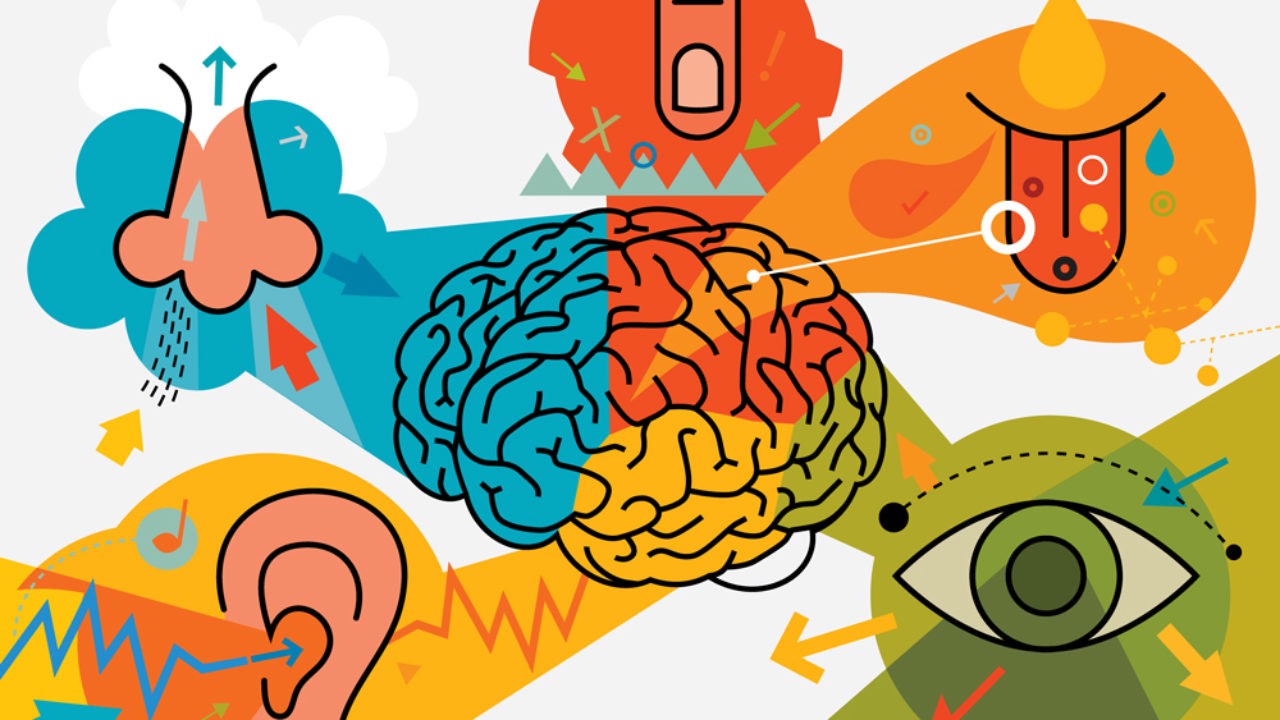
Blog
Think Like a Chef: Building Multi-Sensory Campaigns That Leave a Mark
In the world of culinary art, a chef’s brilliance lies in harmonising flavours, aromas, textures, and visuals to craft an unforgettable dining experience.
Similarly, in marketing, engaging multiple senses can transform campaigns into rich, immersive experiences that resonate deeply with audiences.
The Science of Sensory Marketing
Sensory marketing engages one or more of the five senses to influence consumer perception and behaviour. Studies show that multi-sensory experiences significantly enhance brand recall and customer loyalty. By stimulating several senses simultaneously, brands can create stronger emotional connections and more memorable interactions.
Ingredients for a Multi-Sensory Campaign
- Visual Appeal
The sense of sight is often the first point of contact between a brand and its audience. Striking visuals, distinctive colours, and thoughtful design can capture attention while conveying a brand’s identity. For instance, Apple’s minimalist approach creates an elegant and modern aesthetic that’s instantly recognisable. - Auditory Elements
Sound has the power to evoke emotions and create lasting associations. From jingles and sound effects to curated playlists, auditory elements reinforce brand identity. McDonald’s “I’m Lovin’ It” jingle, for example, is a masterclass in auditory branding—simple, memorable, and tied directly to the brand experience. - Tactile Interaction
Engaging the sense of touch can elevate perceptions of quality and value. Premium packaging, interactive installations, or in-store experiences allow consumers to physically connect with a brand. For example, Lush Cosmetics invites customers to handle and test their products, creating a hands-on, sensory-rich interaction. - Olfactory Cues
Scent is uniquely tied to memory and emotion. A signature fragrance can evoke powerful connections and create a lasting association with your brand. Abercrombie & Fitch, for instance, has made its distinctive in-store fragrance synonymous with its shopping experience, reinforcing its identity through olfactory cues. - Gustatory Experiences
While challenging outside the food and beverage sector, taste can be a potent sensory tool. Offering samples or hosting tasting events engages consumers directly, creating a tangible and memorable connection to the product.
Case Studies: Brands Serving Multi-Sensory Delights
- Starbucks
Starbucks offers more than coffee; it curates an immersive experience. The warm interior design, soothing music, and the inviting aroma of brewing coffee work together to create an environment that engages multiple senses and fosters customer loyalty. - Singapore Airlines
Singapore Airlines delivers a luxurious multi-sensory travel experience. From visually elegant cabin design and the calming scent of their signature fragrance Stefan Floridian Waters, to gourmet meals, every detail is designed to immerse passengers in comfort and luxury.
If your brand is ready to craft campaigns that leave a mark, let’s talk about how CI Group can help you design unforgettable sensory experiences.
Let’s Talk.
